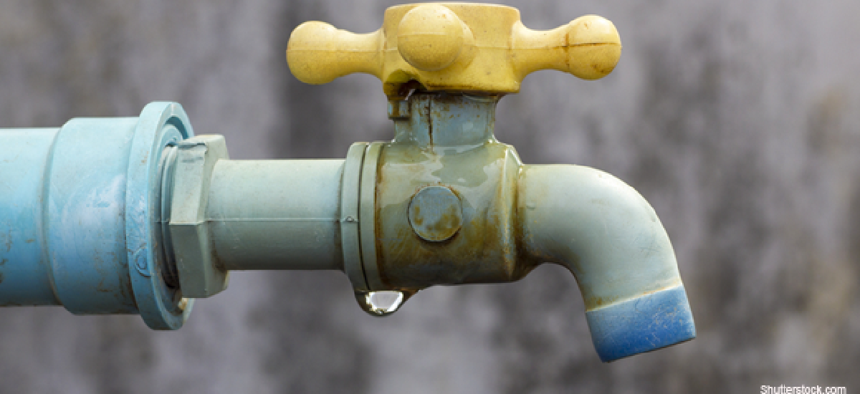Cities of big data: Dubuque creating a model for city water, power programs


Connecting state and local government leaders
The city gets the public on board with programs using smart meters and analytics to improve water and power use.
Second of two parts. Read part one.
Dubuque is a living laboratory for sustainability, piloting a variety of ways to use smart meters, analytics and citizen participation to develop efficient water and electric use programs that other cities can follow.
The mid-size city situated along the banks of the Mississippi River in Iowa has worked with IBM over the past four years on water conservation and electricity usage pilots.
Using a cloud-based framework developed by IBM Research — the IBM SmartCloud — the city deployed a smart-meter solution that combined real-time monitoring, analytics and alerts to provide citizens with a means to intelligently manage their water consumption. The city later added electricity usage to the pilot program. Other smarter sustainable projects include health and wellness, recycling (smarter discards) and travel.
“Dubuque’s goal across all projects is to create a model that can be replicated for medium-sized cities with populations of 50,000 to 200,000, where the bulk of U.S. cities are today,” said Chris Kohlmann, information services manager for Dubuque, population 58,155. The aim was to deploy smart water meters and electric meters to show how citizens could help make their city sustainable. Active community engagement is a key component to any sustainability project.
“It is one thing to collect data from smart meters and instrumented products, but citizens have to be engaged,” Kohlmann said. Show them what they need to look for with the data and then give them tools to use the data to save money or improve their water or electric resources, she said.
Through a Web-based portal, pilot participants accessed real-time data about their water and electricity usage that helped them manage their household consumption. The water project started in 2010 with 400 volunteers and lasted for 12 months. Six hundred total households participated. Of that number, 300 were active portal users, 200 were occasional participants and 100 never accessed the portal, Kohlmann said. The next phase offered the portal to nearly 4,000 participants, including small businesses, and about 1,000 people signed up.
Overall, 77 percent of the participants said they improved their water usage and understanding by taking part in the study, and 61 percent took specific action to conserve water. Kohlmann participated in the pilot herself and through the portal discovered leaks — dripping faucets, a toilet running, an unknown outdoor faucet. With the data she quantified how much water was being wasted: 4 gallons per hour. Fortunately, most household leaks can be fixed easily.
Now, Dubuque officials are undergoing a project with the city’s water meter vendor, Neptune Technologies, to leverage smart meters for 23,000 households in the city. The city is not abandoning the IBM portal, but just starting to engage additional vendors to help determine how residents and city officials can monitor water consumption. The Neptune solution does not have the breadth of analytic capabilities found in IBM tools, Kohlmann said, noting that IBM Cognos and Websense were used with the project.
“We still continue our relationship with IBM as we work on new portals and projects,” she said. “I think the important thing [to understand about] analytics is it is not necessarily one size fits all, and one solution even. There can be multiple best fits for users, depending on the needs.”
In spring 2011, Dubuque started a pilot project for electricity with Alliant Energy, the local electric provider. The project involved putting smart electric meters in 1,000 volunteer households — the data was available to the city and IBM for analysis. Whereas water meters were read every 15 minutes; information on electric usage was available hourly.
The portal allowed people to not only see electric readings but to do comparative data, giving people an idea of how they stack up against other people who were demographically the same in terms of the size of households, square footage of house, and so on. In addition to showing usage and comparative data, the interactive portal allowed participants to set goals and receive alerts if they exceeded a threshold. Households using the solution reduced their electricity usage by as much as 11 percent, according to Dubuque officials.
Unleashing data through the cloud and advanced analytics will allow Dubuque and other cities to cut across siloes of data, Kohlmann said. “If I have an inefficient appliance that is using a lot of water, it is probably also using a lot of electricity.” Or if data shows someone is not using water or electricity as much as they should, there may be social or public health issues that need to be addressed. So it is using data at a much higher scale and taking more actionable steps when needed, Kohlmann said.

NEXT STORY: Data.gov pilots an easier way to manage agency APIs




